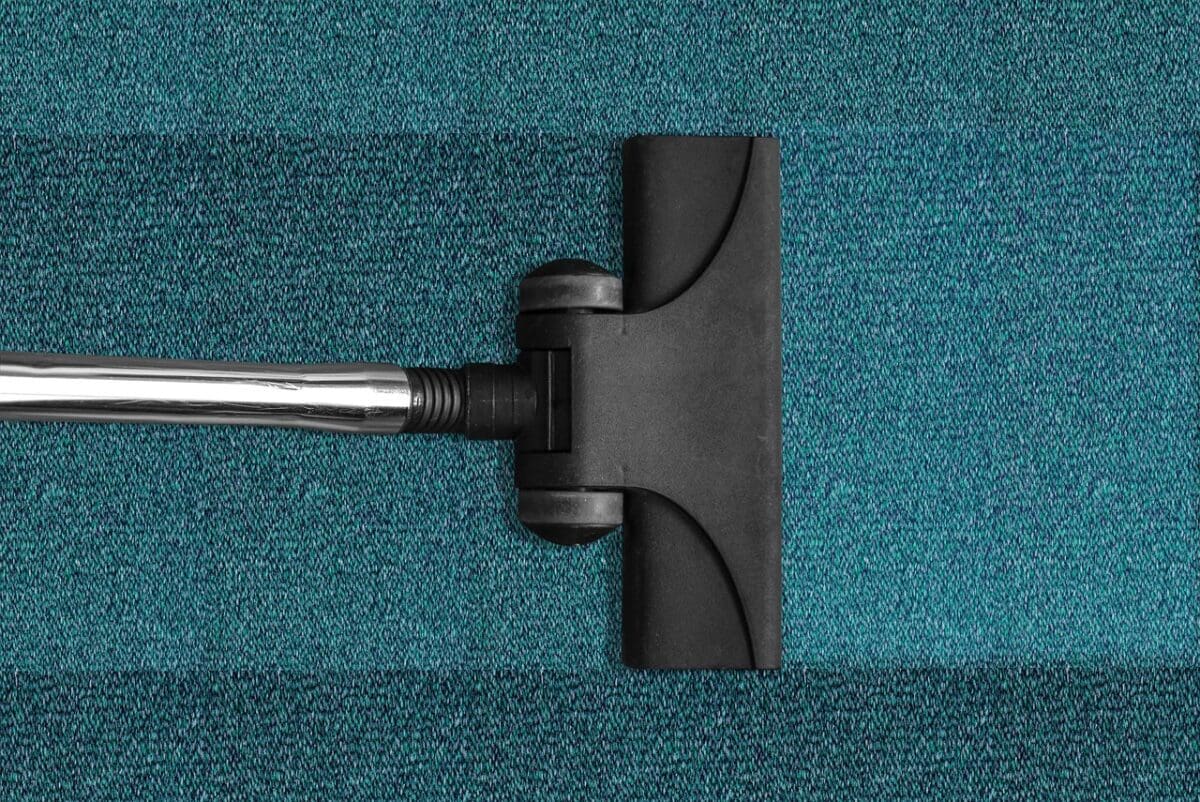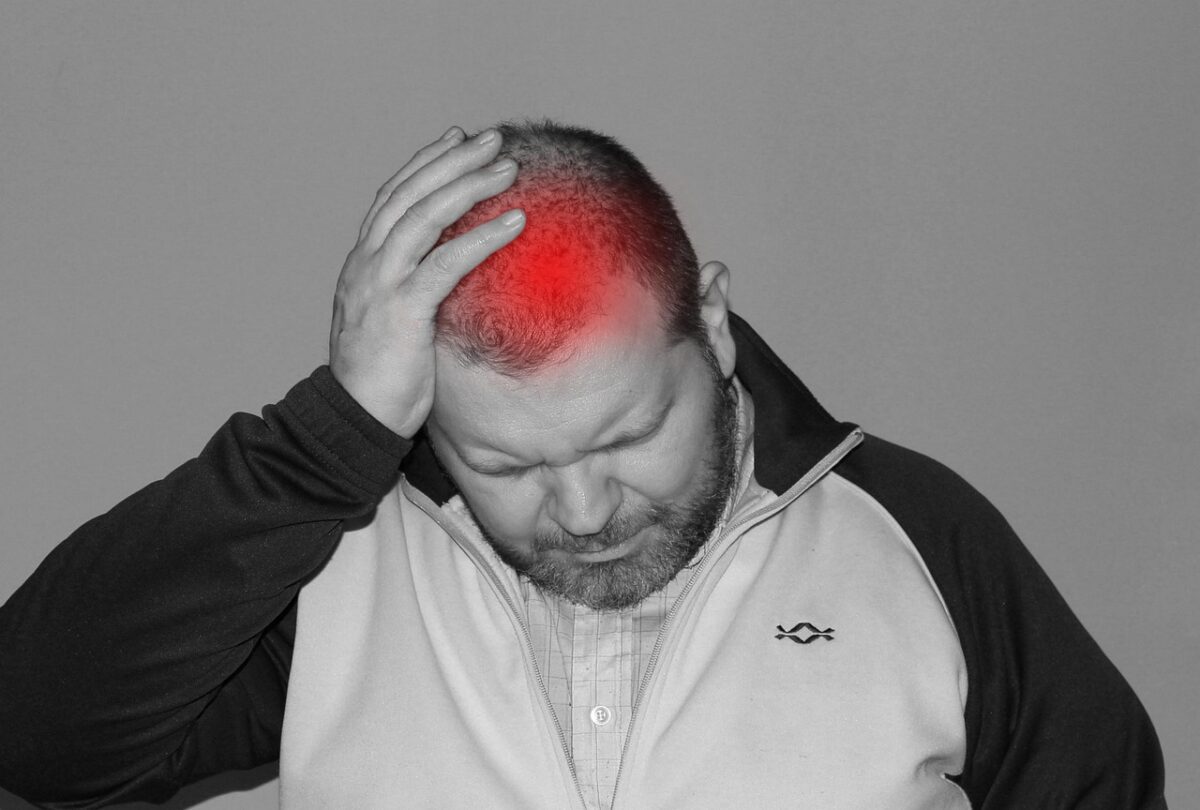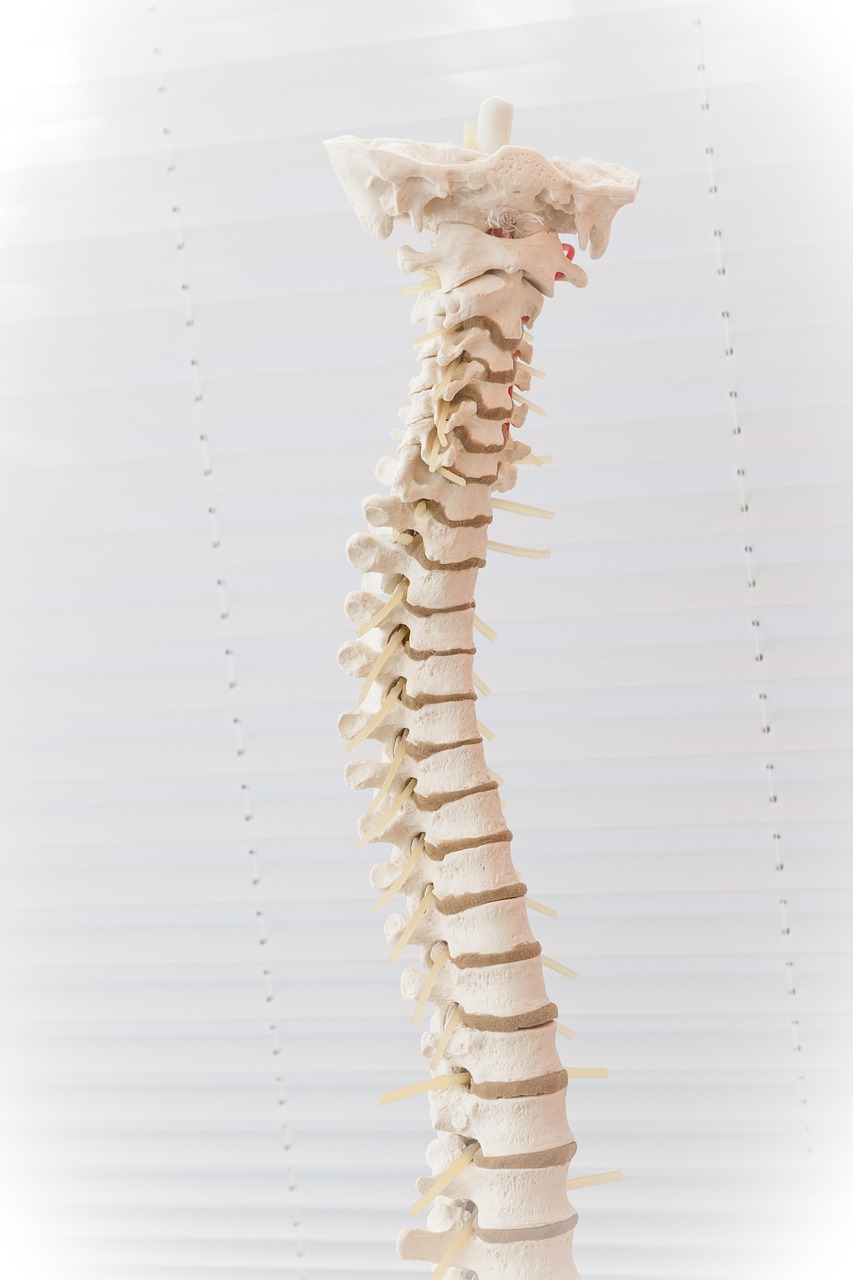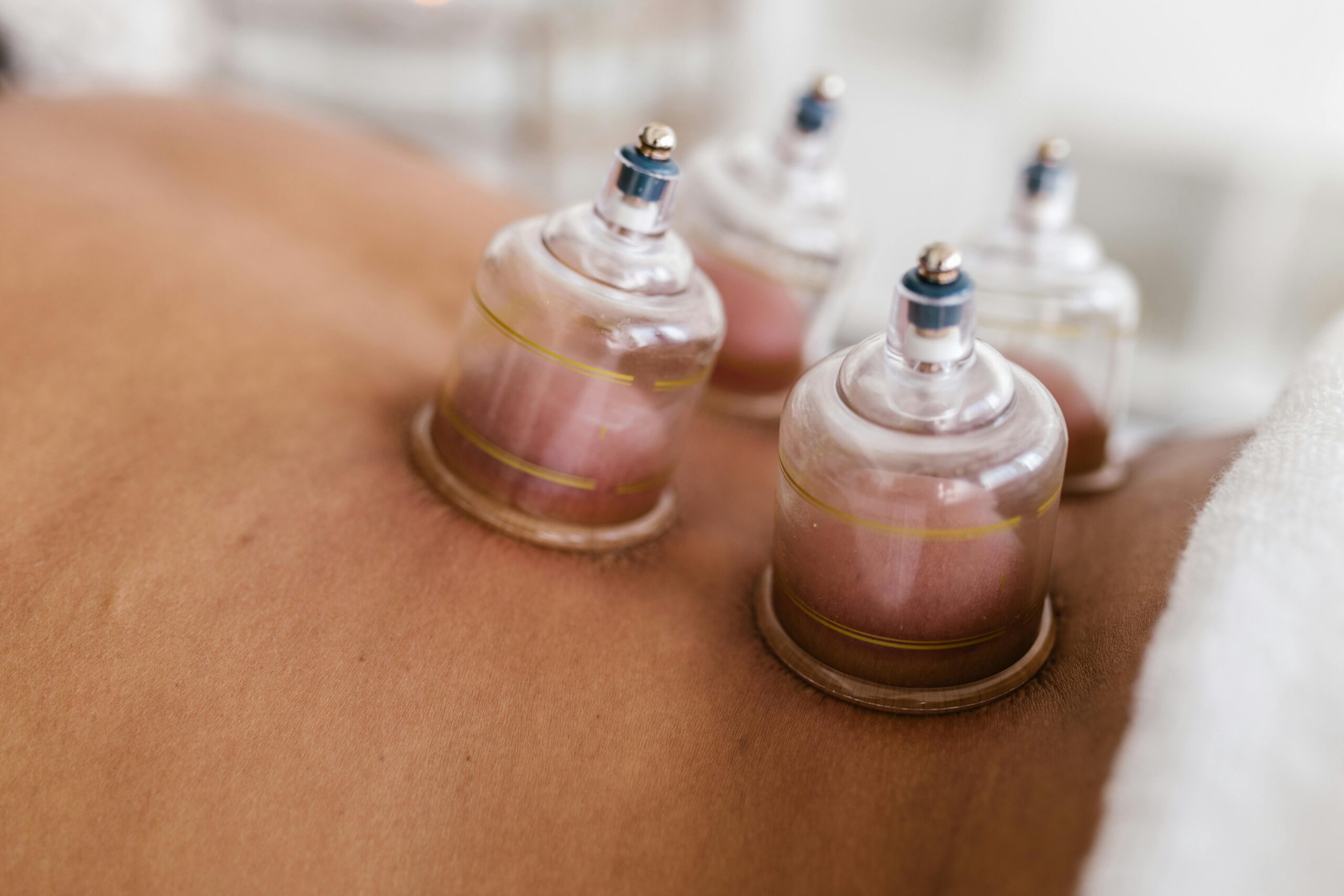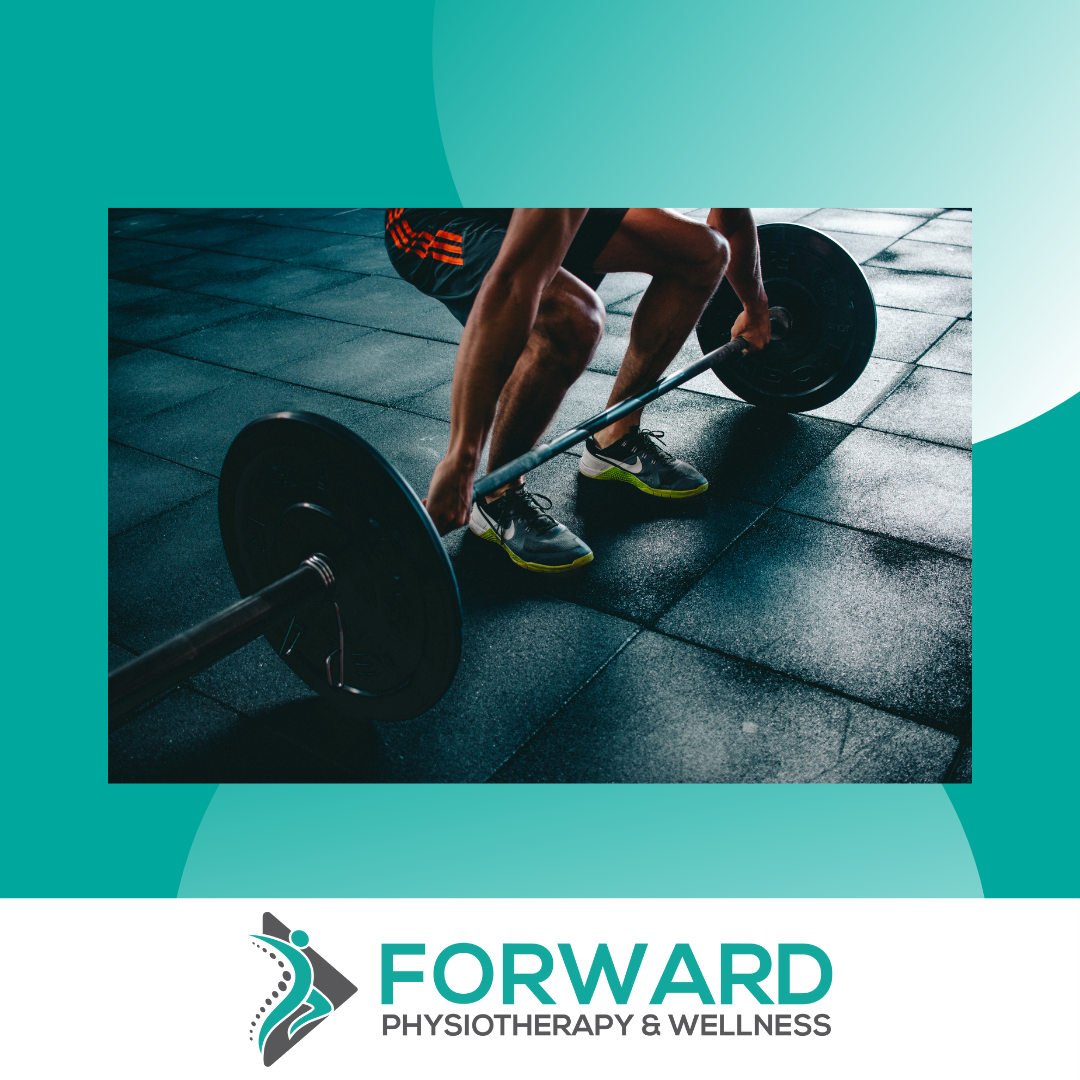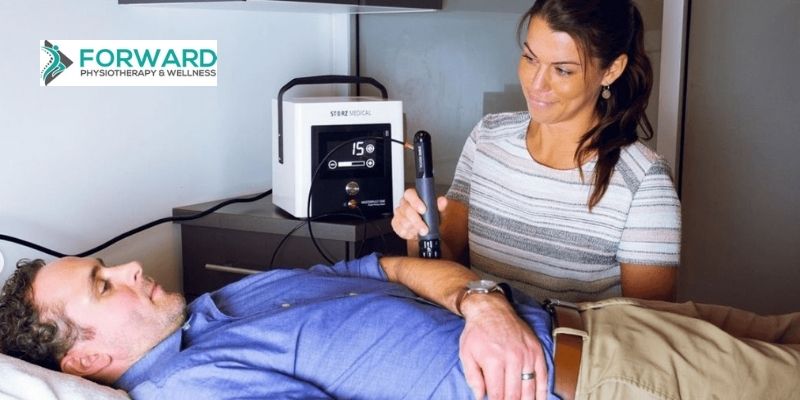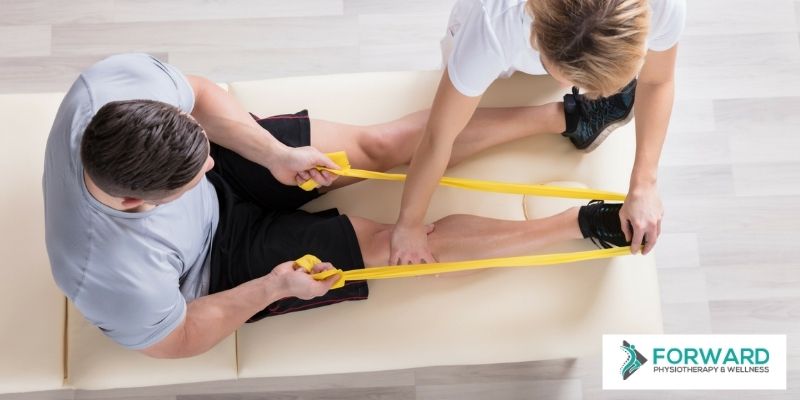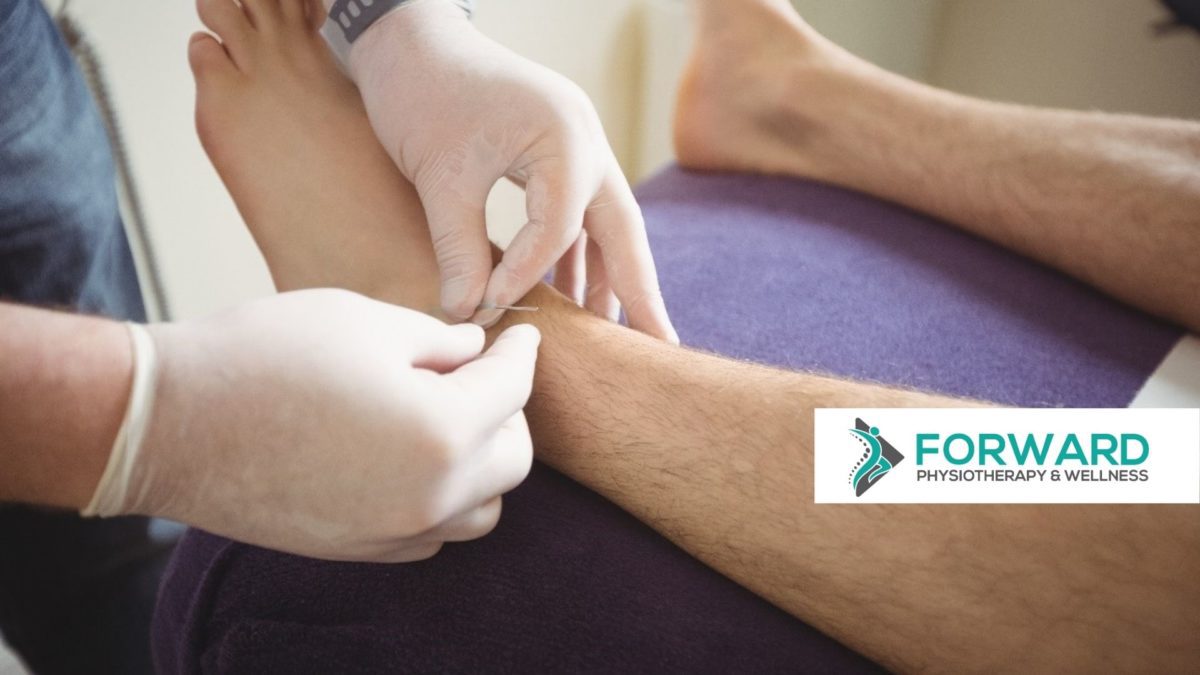
Physiotherapy for Neck Pain
Posted By: Forward Wellness
Physiotherapy is considered as one of the most common treatments for chronic neck pain. Generally, physical therapy programs for neck pain aim to reduce pain, tension, and/or stiffness. The treatment also involves an exercise plan which would help in strengthening and stretching the neck muscles. The treatment plan varies from person to person, depending on your assessment findings and goals.
What Should Be The Goal Of Physiotherapy Be For Neck Pain
While treating the patients suffering from chronic neck pain - the goals may include:
- Reduced pain
- Reduced spinal stiffness
- Reduced tension of the muscles
- Improve the range of motion of head and neck
- Strengthen the neck as well as the supporting muscles
- Reduce headaches
- Optimize neck sleep positions
- Improve posture
- Eliminate numbness/tingling (if present)
- Develop a treatment plan to prevent pain from recurring
- Return to usual activities
What Are The Physiotherapy Treatment Methods For Treating Neck Pain?
The most common and effective methods of treating chronic neck pain include:
-
Neck stretches.
Your physiotherapist would prescribe you several stretches and exercises in order to train the muscles that attach directly to the cervical spine. One of the most common examples is the Chin Tuck! In this exercise, the patient needs to look forward (not up or down), then gently pull the chin straight back. This exercise helps to normalize the posture and curvature of the cervical spine. Hold for 2 seconds, and complete 3 sets of 10 twice a day.
-
Neck and back strengthening.
Your physiotherapist may also suggest some exercises that not only treat the core muscles of the neck but also improve the movement of the surrounding posture muscles. Similarly, if you are aiming to improve neck strength and functioning, it is likely that the back muscles around the trunk would also benefit from strengthening. All the muscles of the body, work together to support the spine, and contribute to improving posture.
-
Aerobic activity.
The physiotherapist may add aerobic activities to improve the motion of the neck muscles. Through aerobic exercises, the body elevates blood flow to your muscles. This happens because the heart and lungs work harder while you are doing aerobics.
-
Aquatic exercise.
The buoyancy of the water can help take the pressure off the spine while still allowing the muscles to work. If neck pain is severe or accompanied by the shoulder and/or back strain, aquatic exercise might be recommended.
-
Manual Therapy.
This includes hands on stretching of the neck muscles and techniques called mobilizations to reduce stiffness in the spine. The goal of these techniques is to reduce pain, improve tissue flexibility, improve range of motion, and reduce stiffness in the joints.
-
Dry Needling & Acupuncture.
These techniques involve insertion of a small filament needle into the muscle and surrounding tissues to decrease pain, improve blood flow, and reduce muscle tension.
-
Ice And/or Heat Therapy.
To reduce the intensity of pain around the neck muscles, physiotherapists may apply ice or cold packs. Heat packs can be applied to increase blood flow and loosen stiff muscles, while ice may be effective in reducing any swelling. In some specific scenarios, heat and cold therapy need to be alternated, depending on the severity of the pain and the patient’s condition.
-
Soft Tissue Release.
According to a survey, it was found that most patients suffering from neck pain whose treatment included massage therapy techniques have experienced a reduction in pain within 2 to 3 weeks. Physiotherapists can release the built-up tension in muscles using a variety of techniques such as active release, graston, cupping, and massage.
-
Electrotherapy.
In this therapy, physiotherapists make use of a device called IFC (interferential current) or TENS (transcutaneous electrical nerve stimulation) to transmit mild electrical current to the affected muscles and tissues. The goals of this treatment include reducing pain signals, stimulating muscle contractions, and promoting tissue healing. This therapy alone does not fix your condition, but can be added as an adjunct to your treatment to temporarily address soreness.
-
Ultrasound.
With this modality, the physiotherapists apply a cold gel to the affected area and then rub the area with a handheld device. The device sends high-energy sound waves beneath the surface and into the tissues. The goal of ultrasound is to improve blood flow to the area, loosen tight tissues, and promote tissue healing.
Summary
If you are experiencing any symptoms of neck pain or dysfunction, the next step is to book in to see a professional and well-trained physiotherapist who will provide a physiotherapy assessment to get to the root of the problem and create a custom treatment plan for you.




